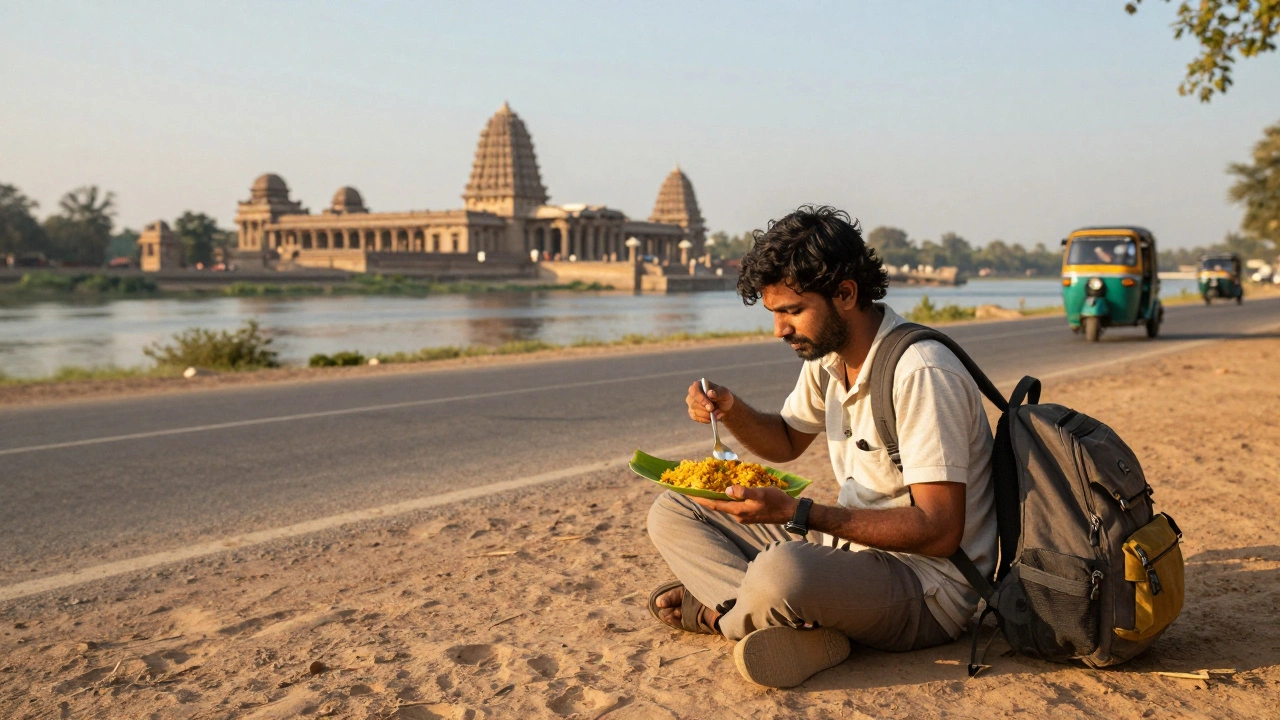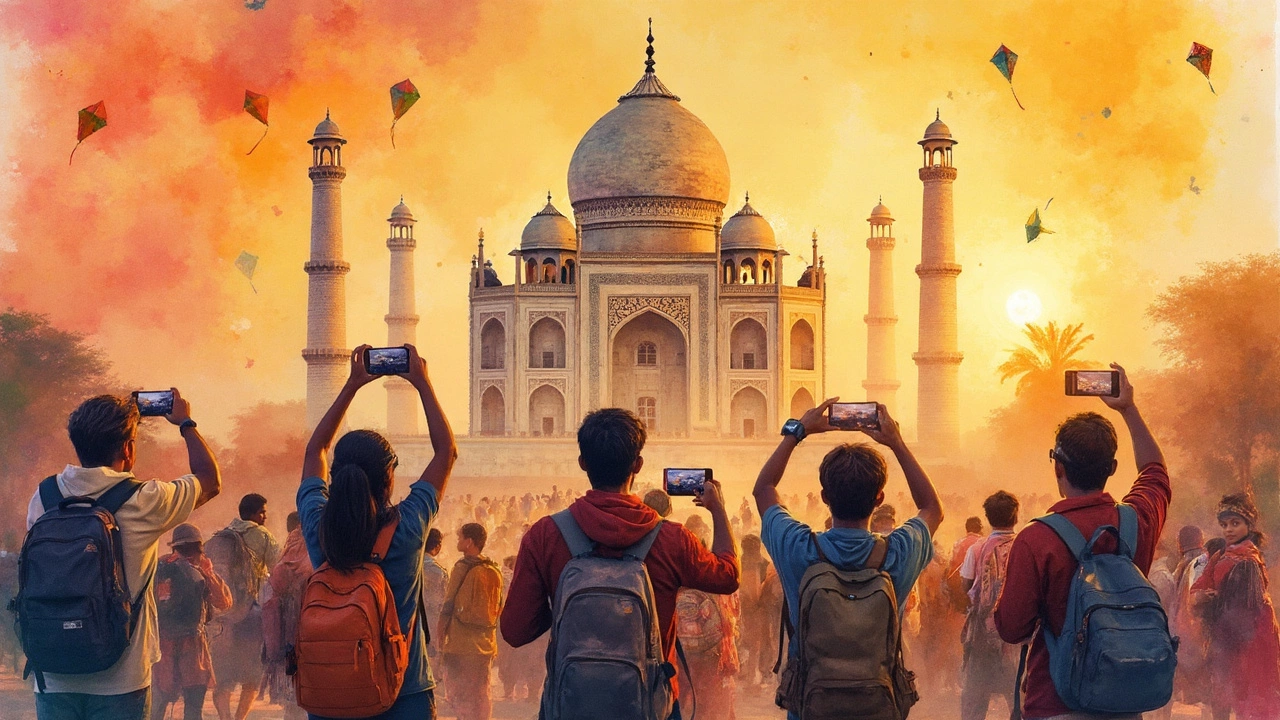SEARCH
India Travel Costs 2025: How Much Should You Spend?
If you’re thinking about visiting India, the first question is always – how much will it cost? The answer isn’t one‑size‑fits‑all because prices vary by region, season, travel style and personal preferences. Below you’ll get a clear picture of the main spending categories, realistic daily budgets, and quick hacks to stretch every rupee.
Breakdown of the Main Cost Categories
Flights: International tickets dominate the budget. From the US or Europe, round‑trip fares typically range from $600 to $1,200 depending on the airline and how early you book. Domestic flights are cheaper – a Delhi‑Mumbai hop costs about $40‑$80, while a Kolkata‑Shillong flight can be $70‑$120.
Accommodation: Options span from $5 hostels to $150+ boutique hotels per night. A mid‑range 3‑star hotel averages $30‑$50, while a budget guesthouse in smaller towns can be $8‑$15.
Food: Street food is a godsend for the wallet – a plate of masala dosa or chaat costs $1‑$2. Mid‑range restaurants charge $5‑$12 per meal. If you prefer Western‑style eateries, expect $10‑$20.
Local Transport: Trains are the backbone. A second‑class sleeper on a long journey is $10‑$25. Buses range $5‑$20 for intercity trips. In cities, auto‑rickshaws and app‑based cabs cost $1‑$4 for short rides.
Activities & Entry Fees: Most temples and museums charge under $5. National park safaris, heritage site guides or adventure sports can run $20‑$100.
Typical Daily Budgets by Travel Style
Backpacker (Hostels + Street Food): Around $25‑$35 per day. This covers a dorm bed, three meals from street stalls, local transport and a few low‑cost attractions.
Mid‑Range Explorer (3‑star hotels + Mix Meals): $55‑$80 per day. You’ll stay in comfortable rooms, enjoy a mix of local and restaurant meals, and use trains or private cabs for longer hops.
Luxury Traveller (Boutique Hotels + Private Tours): $150‑$250+ per day. Includes upscale accommodation, fine‑dining experiences, private drivers and guided tours.
Region matters. The north‑west (Delhi, Rajasthan) is generally cheaper for food but can be pricier for heritage site tickets. South India (Kerala, Karnataka) offers affordable homestays and transport, especially if you use state‑run buses. The northeast is a bit higher on transport because of limited flight options, but budget guesthouses keep costs low.
Seasonal savings: Travel during the shoulder months – October to early December or February to March – gives you lower flight prices and pleasant weather. Avoid peak holiday periods like Christmas and the Diwali rush when rates surge.
To plan your budget, start with a simple spreadsheet: list expected costs for each category, add a 10% contingency, and compare it with your total budget. Apps like Trail Wallet or Splitwise make daily tracking painless.
Quick money‑saving tips:
- Book trains and flights at least 30 days in advance.
- Use government‑run “IRCTC” trains for the cheapest seats.
- Eat where locals eat – side‑walk stalls are safe and delicious.
- Negotiate auto‑rickshaw fares before hopping in.
- Choose combined ticket passes for multiple attractions.
Whether you’re planning a 3‑day weekend getaway or a month‑long cultural trek, knowing the real numbers helps you avoid surprise expenses and enjoy India stress‑free. Start budgeting today, pick your travel style, and set off on an unforgettable adventure.

How Far Does $1000 Go in India? A Realistic Budget Travel Breakdown
Discover how $1000 can stretch across 3 weeks in India with smart budgeting-covering stays, food, transport, and real experiences without tourist traps.
Continue reading
Budget Travel in India: How Much Money Do You Really Need?
Planning a trip to India on a budget can be an exciting adventure filled with vibrant colors, historical wonders, and diverse cultures. Knowing how much money you'll need can make or break your travel experience. This article explores the realistic costs associated with food, accommodation, transportation, and popular attractions in India. We also provide practical tips on saving money without sacrificing fun and comfort, helping you create an enriching itinerary that doesn't drain your wallet.
Continue reading